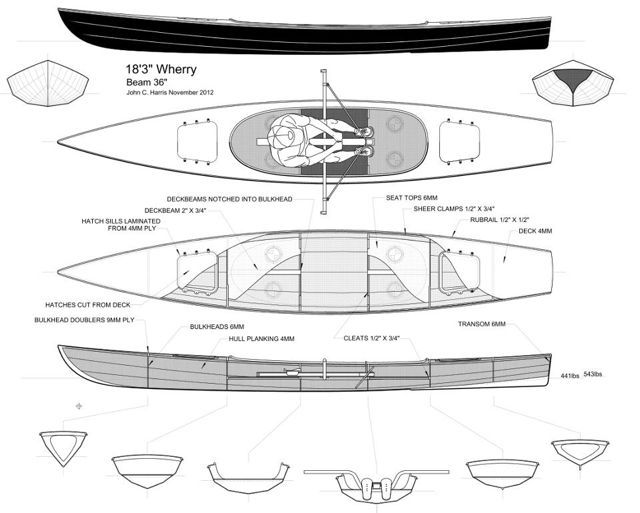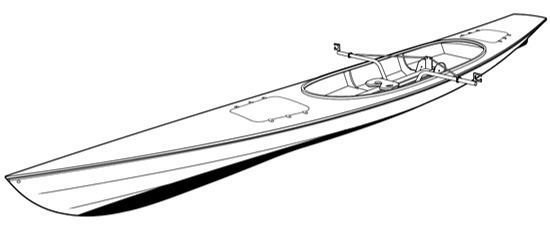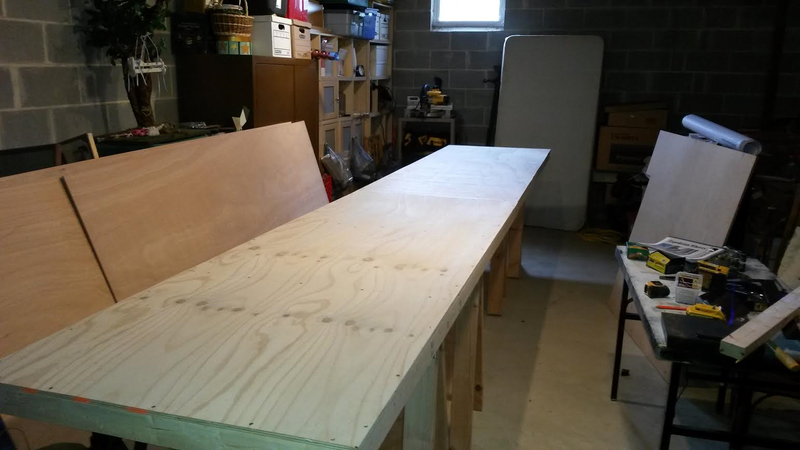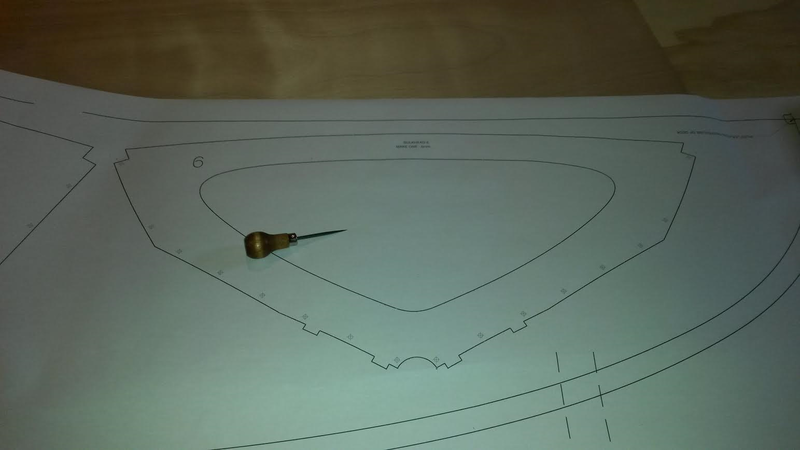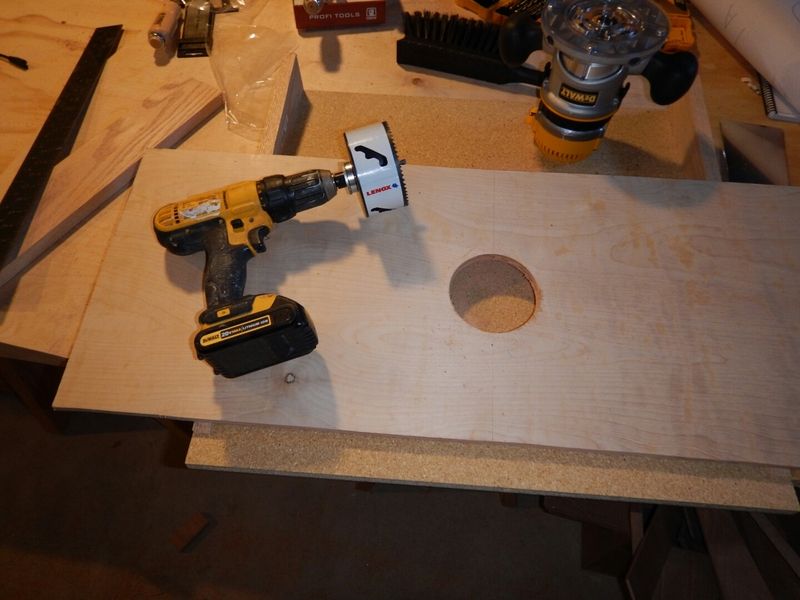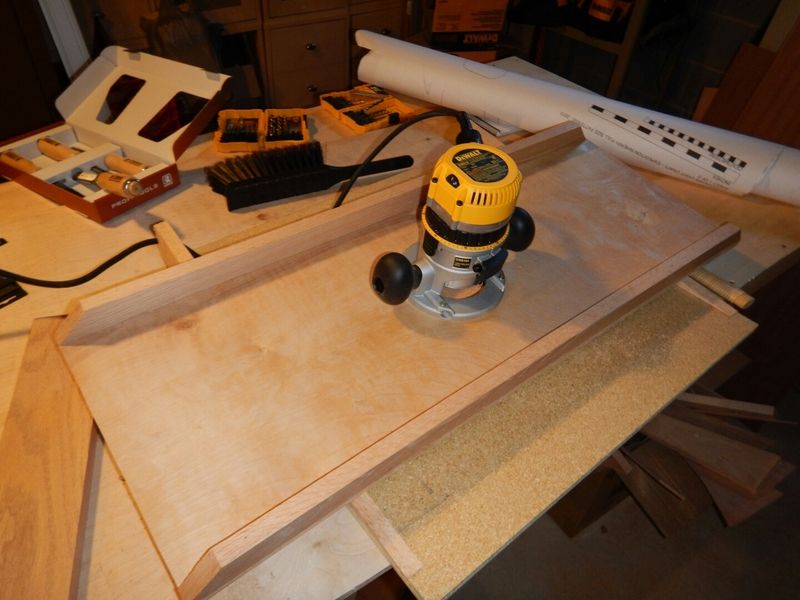I grew up around the water. Rota Spain is a major naval base on the med where I was born, from there we moved to Ocean City NJ when my father was re-stationed to Lakehurst before finally being discharged due to medical reasons from the Philadelphia Naval Hospital in 1975.
Growing up in Ocean City, the beach was 5 blocks in one direction, and the back bays 3 in the other. Often times in the spring and summer, the two would meet in our front yard, so it is of no surprise that I have a affinity of Salt Water.
FastForward a few years and I started to row competitively for my High School. I never did well due to my own issues with Crohnes Disease, but I enjoyed being on the water in a very slender and very fragile human powered boat. It was much different from the sailing and power boats I have been on before that.
So fast-forwards again and I am in my 40s and starting to build up more fat than muscle. It just sorta creeps up on you, especially when the food they feed you at work is high in all the stuff you shouldn't be eating... and lo and behold I find "Chesapeake Light Craft" on the internet and discover that I can either buy their kits or just buy the plans for their extensive inventory of kayaks, rowing vessels, and sailboats.
So, $100 later and I have the plans to the Expedition Wherry in my hands. While I could have saved myself time and bought the kit, I am cheap and this is GRM. I discovered from visiting CLC that they get their wood from a place here in NJ. I also know that my local mill has much of the same wood, so I assume that they both get it from the same place.
the kit for the Wherry comes in at $1300.. including the price of the plans, I am now $600 into this. That includes wood, plans, and epoxy.. but no paint. Even with the kit, the oars and sliding seat mechanism are extra (and cost almost as much as the kit itself). So all told, I am way ahead of the game and it allows me to make a few changes to the design.
So.. the Expedition Wherry: This is an 18 foot long decked rowboat that appears to be the bastard child of a recreational shell and a Kayak. It is wider and has more freeboard than a shell, it also carries more weight and has storage that a shell lacks. On that same token, it is heavier and narrower than many kayaks. It can also not be rolled like a kayak. For some it would be the worst of both worlds, or to other the best. I personally like a rowing craft that can take some chop and might allow me to do some "camp cruising"
